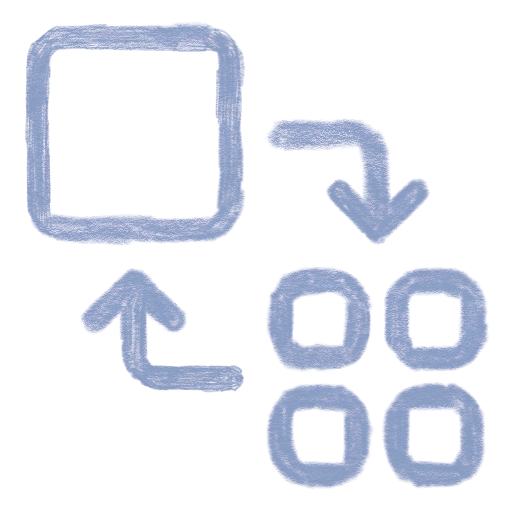
First of all I have to excuse that there was no new articles posted for the last view months. Corona did also impact us and home schooling, parallel work etc. did impact us as well and there was almost no time for any other activities. Now, as the situation has relaxed, you can expect again some insights in modern procurement engineering and cost / value engineering approaches.
Today I want to share some thoughts why „product disassembly“ is an important lever in the design to value process and how you can use it to generate a competitive advantage. So, why should you do product disassembly?
Continue reading
